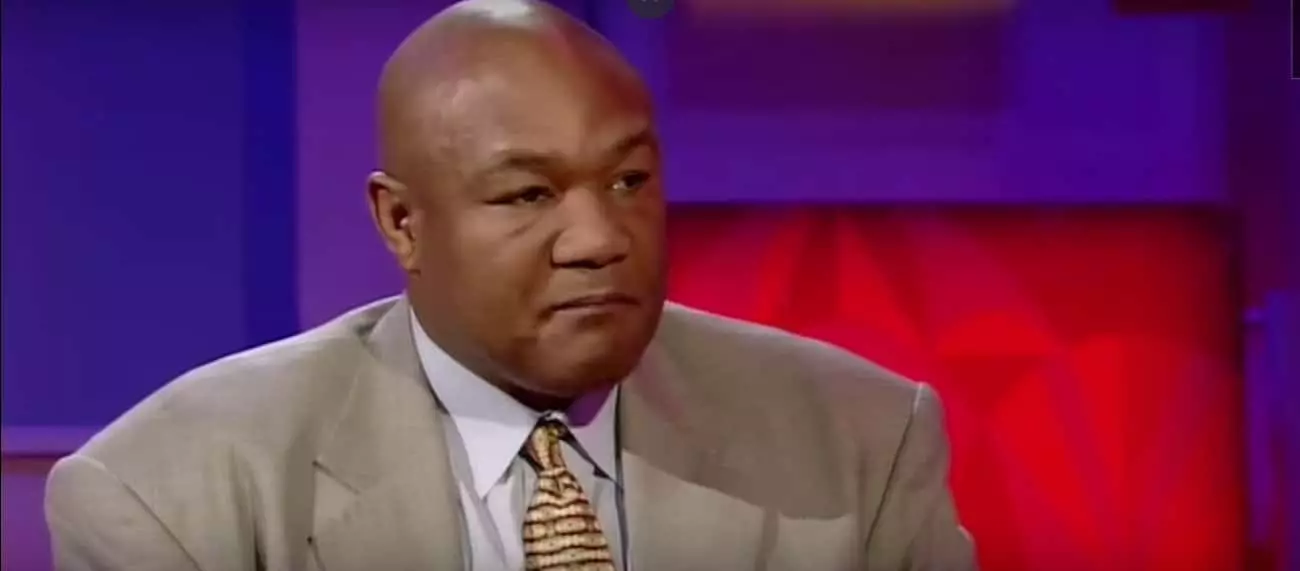George Foreman, born 76 years ago in Marshall, Texas, embodies the essence of transformation and resilience. His early life in a small town shaped him into a man who would later dominate boxing rings and become a household name worldwide. Foreman’s beginnings were marked by challenges, from financial hardship to a lack of direction. However, it was the Job Corps program, an initiative launched by President Lyndon Johnson to aid underprivileged youth, that would offer him a vital opportunity to shift the trajectory of his life. At the tender age of 15, his journey toward boxing began not from a place of aspiration, but as a quest to simply lose weight.
The pivotal moment for young Foreman came when he stepped into a boxing gym, primarily motivated by his desire to improve his physical health. Almost immediately, he caught the attention of trainer Doc Broadus, who recognized the potential buried beneath his troubled exterior. This serendipitous meeting marked the start of Foreman’s boxing journey, one that would soon lead him to the Olympic stage.
In 1967, Foreman entered the professional boxing scene after a brief amateur career that culminated in an impressive Olympic gold medal at the 1968 Mexico City Games. His amateur record of 16 wins and 4 losses did not speak volumes for his talent, but it demonstrated his rapid ascent in the sport. Foreman’s victory in the finals against Soviet boxer Jonas Cepulis was a defining moment, showcasing not only his power but also his tenacity. He returned home a hero, brandishing the gold medal with pride, especially poignant against the backdrop of the social and political upheaval of the time.
Foreman’s celebration, which included waving a small American flag, contrasted with the more politically charged moment by fellow athletes John Carlos and Tommie Smith. This incident reflects the complex tapestry of Foreman’s character; he was both a proud American and an athlete navigating through a tumultuous era. This gold medal was merely the beginning, a stepping stone that catapulted him into the world of professional boxing, where the stakes and rewards would be immeasurably higher.
As Foreman transitioned into professional boxing, he quickly became a formidable force, capturing the attention of fans and anointed authorities as a heavyweight contender. His meteoric rise included a historic showdown against Joe Frazier in January 1973, which culminated in a devastating victory within just two rounds. Foreman’s raw power and charismatic presence established him as a mainstay in boxing, leading many to believe he was destined for a prolonged reign as champion.
However, the boxing world can be unforgiving, and Foreman’s encounter with Muhammad Ali during the renowned “Rumble in the Jungle” in 1974 would reshape his narrative. After suffering defeat, Foreman faced a tremendous psychological upheaval. The once-celebrated heavyweight champion found himself on a decline—akin to the tragic trajectory of his idol, Sonny Liston. Foreman’s journey took a peculiar turn when he faced the likes of Ron Lyle in an unforgettable slugfest and later suffered a shocking defeat at the hands of Jimmy Young. These battles were crucial in forging his character, pushing him into an unexpected ten-year hiatus from the sport.
His return to the sport in 1987, at the age of 38 and carrying the nickname “Big George,” is a remarkable chapter worth studying. Many athletes cannot reclaim their glory after such a long absence; however, Foreman defied the odds. His motivation stemmed from financial necessity, as Foreman wanted to stabilize his Youth and Community Center. The determination to succeed redefined him, demonstrating an uncanny resilience built on life experiences.
Under the mentorship of boxing legends like Charlie Shipes and Archie Moore, Foreman transformed himself and his technique, striving against the grain of expectation that typically accompanies an aging athlete. His journey reached a pinnacle when he reclaimed the heavyweight title from Michael Moorer, a victory that resonated throughout the sports world. This comeback encapsulated his journey of redemption and reflected the archetypal American narrative of perseverance.
In the years following his illustrious boxing career, Foreman transformed yet again, becoming a savvy entrepreneur and cultural icon through his grill endorsements, which helped secure a comfortable future beyond his boxing days. Today, George Foreman stands as a symbol of resilience—a man who represents triumph over adversity in numerous forms. The heavyweight champion of the 1970s had grown into a global treasure, one whose journey continues to inspire countless individuals. As he celebrates his 76th birthday, Foreman remains a beloved figure, emblematic of hope, redemption, and the ability to reinvent oneself against all odds. His legacy is far more than boxing; it’s a testament to human tenacity and transformation.

